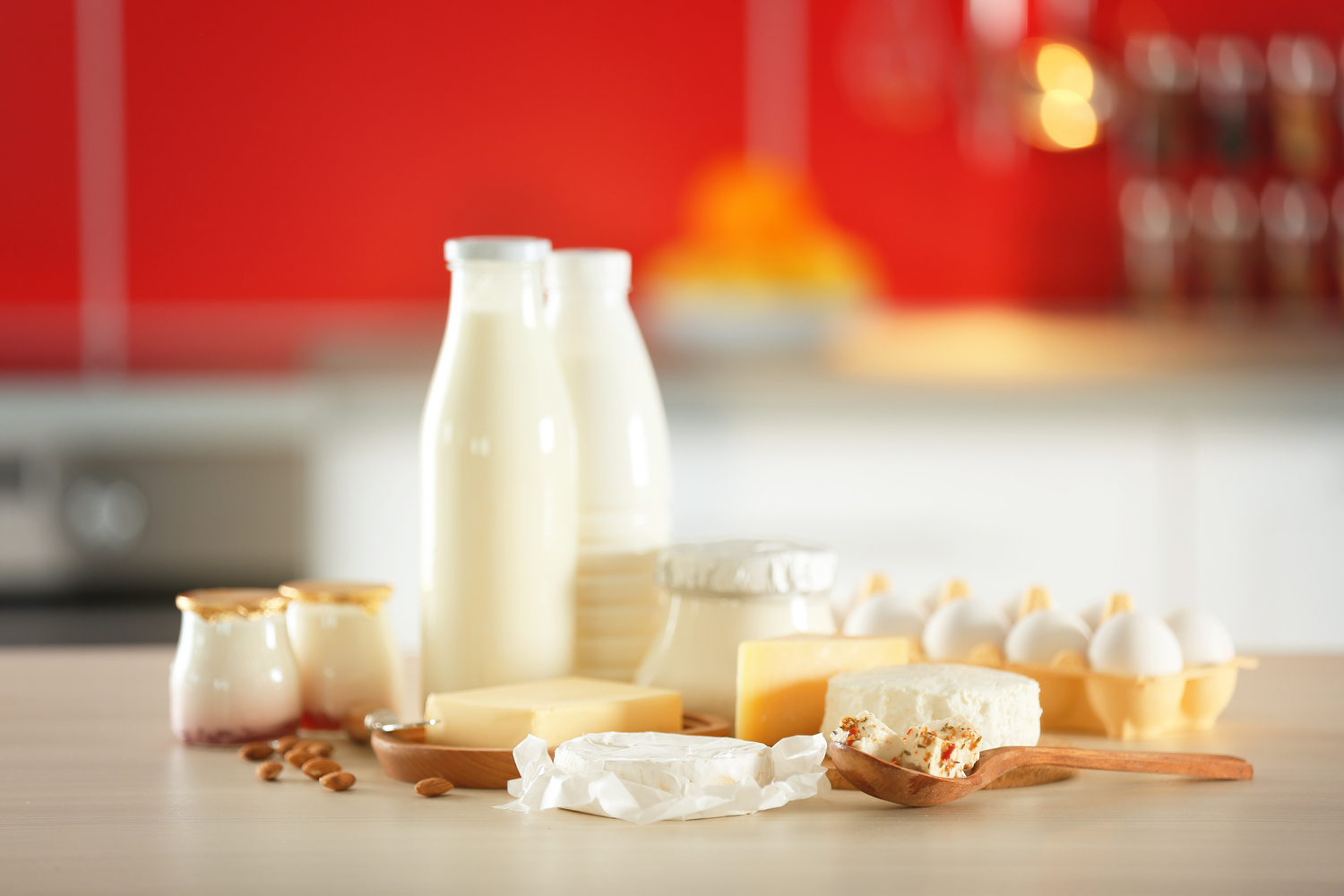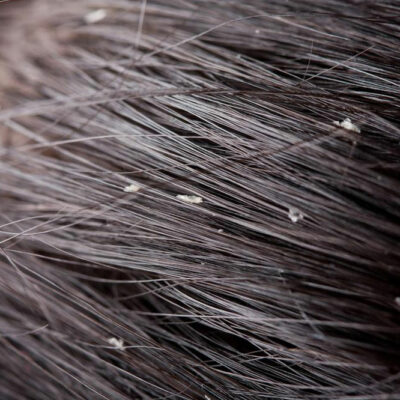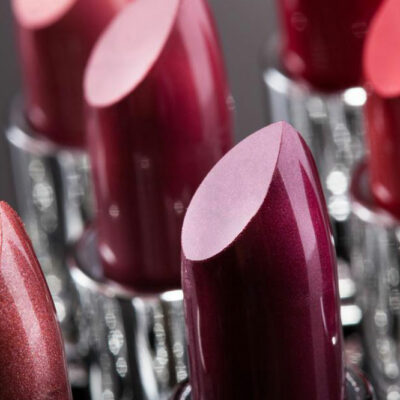
Trigger Foods for Iron Anemia
Iron deficiency anemia is one of the most common types of anemia. It occurs when blood lacks oxygen to fuel red blood cells. This problem occurs when the body lacks iron. Symptoms of iron deficiency anemia include pale skin, fatigue, poor diet, cold feet and hands, brittle nails, headache, chest pains, and cravings (or pica) for unusual items such as dirt, starch, and ice.
Luckily, certain trigger foods can be avoided to help manage symptoms of iron anemia, including:
1. Foods with tannins
Tannins are found in plant-based foods. They are what give those types of foods their astringent flavor. There is a long list of foods that contain tannins, but the most common are grapes, wine, black and green teas, coffee, and corn. The problem with tannins is that they block the iron from iron-rich plant foods such as spinach, beans, legumes, and dark leafy greens.
2. Dairy products
Most dairy products contain calcium, which is the reason people consume dairy products. However, calcium interferes with iron absorption. So, having a glass of milk with a steak meal defeats the benefits of the iron found in the meat. This does not mean there is a need to give up yogurt and cheese. Just remember to eat them when you are not eating foods containing iron. Also, moderation is key.
3. Beware of gluten
Gluten damages the intestines’ walls in people who already have gluten sensitivity. Wheat, barley, rye, oats, and all the foods that contain any of those grains should be avoided. It is important to note that only those who have a gluten allergy or have been diagnosed with celiac disease or have an allergy. However, that does not mean that eating a loaf of bread is good for anyone with anemia.
4. Cut the caffeine
Caffeine is one of those things that people do not think about, however, it can be a big problem. Caffeine blocks the absorption. That means no five cups of coffee a day. Cut back on chocolate and other beverages that contain caffeine.
5. Cereal
Whole-grain cereal can be a two-fold problem for someone with anemia. Grains are known not to absorb the iron and can be a big problem for those who have issues with gluten. Some cereals do not even include enough iron to make a difference. The other problem with cereal is milk. Most people like milk with their cereal. To help children get enough iron into their diets, they fortify a lot of cereals with iron. Though, it may be wise to still skip the milk.
6. Alcohol
Alcohol is on the no list too. There are several reasons for that, too. Alcoholic drinks stop folate absorption and also stop iron from functioning properly. Not to mention alcohol contains several ingredients on the do not eat list.


